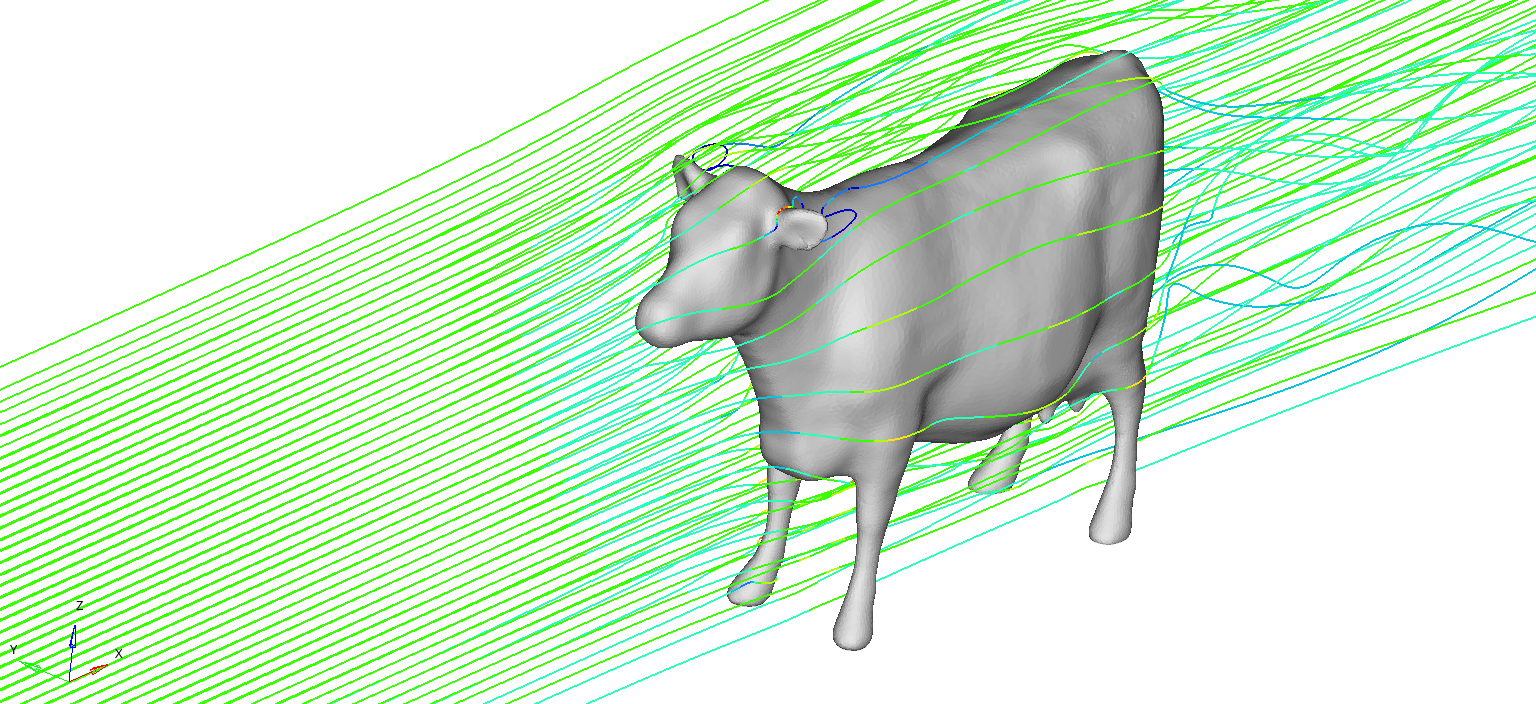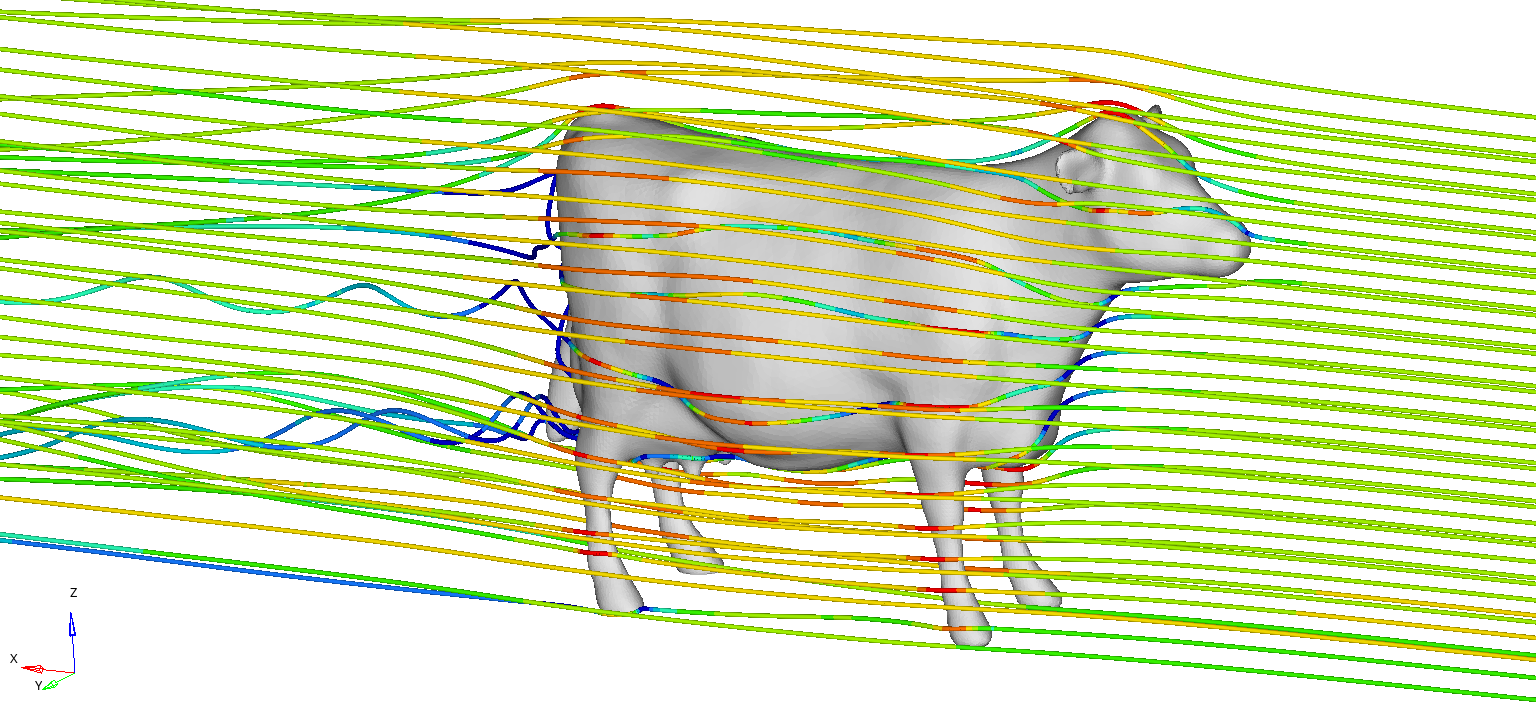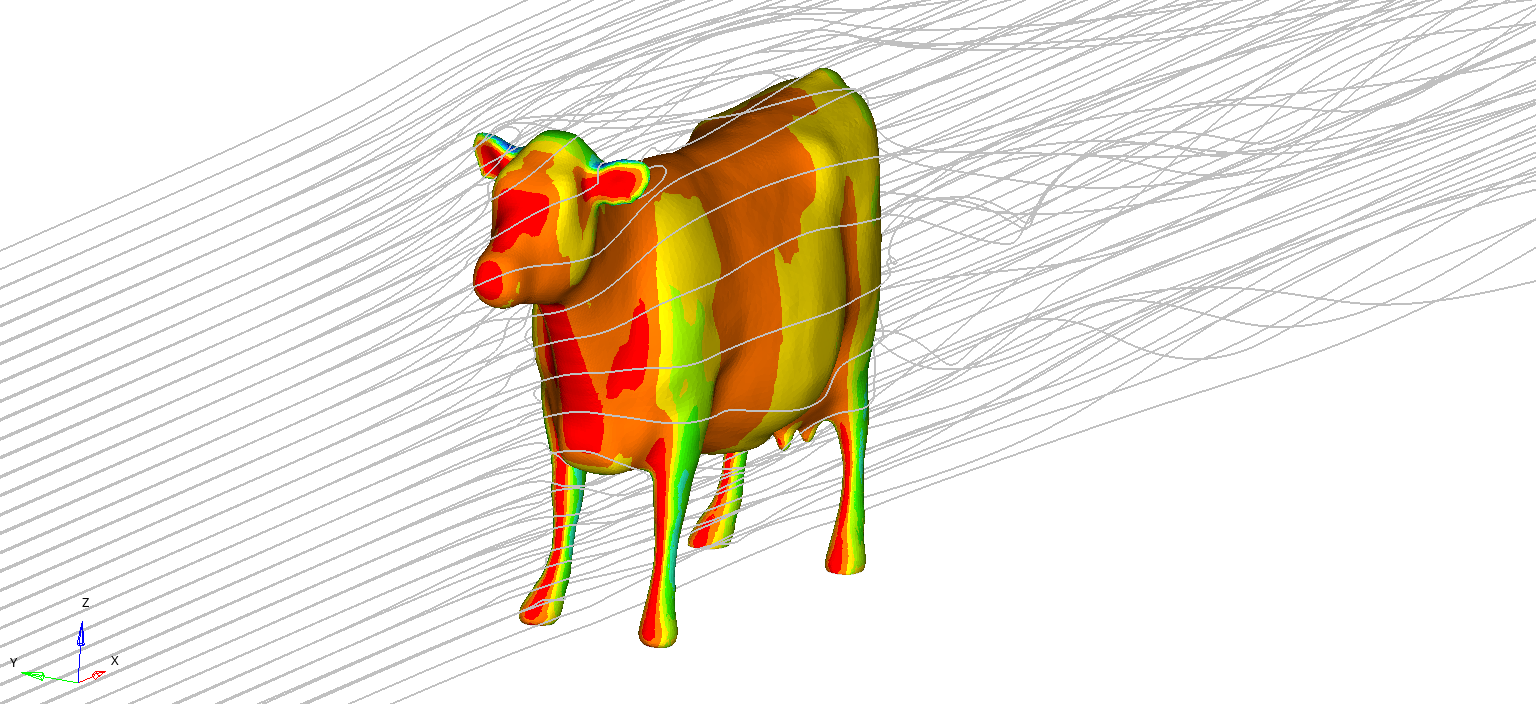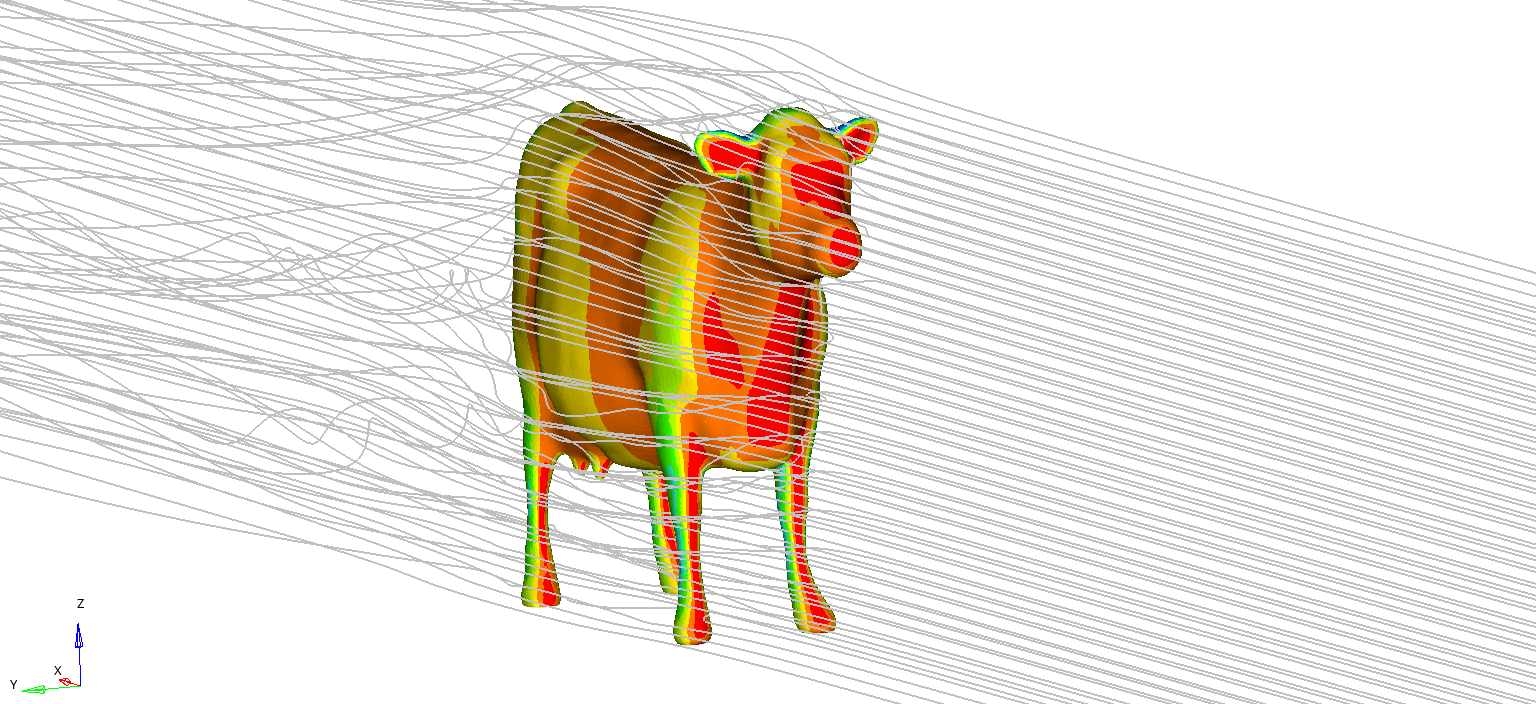Digital Debunking: Could a Tornado Make a Cow Fly?
A tornado is one of Earth’s most devastating spectacles. Formed from the violent convergence of cold and warm air, unstable air pressures create a swirling funnel-shaped cloud; a vortex of wind leaving destruction in its wake. Whirling winds can
reach 300 mph (nearly 500 kph) and damage paths can be in excess of one mile (1.6 km) wide.
When you think of these remarkable forces of nature, what’s the first thing that comes to your mind?
Don’t say flying cow... Don’t say flying cow… Don’t say flying cow…
OK. You got me. Of course, I’m thinking of the flying cow from the 1996 blockbuster movie Twister. It stars Helen Hunt and Bill Paxton, but we all know who should have gotten top billing – that cow! It’s an iconic image
that’s still recognized over 20 years after the movie’s theatrical release, but could this have happened in real life? Could a tornado really hurl a cow through the air?
Jan de Bont, director. Twister.
The Holstein Friesian breed of cattle is the world’s highest producing dairy animal. When you’re picturing the typical black and white cow, that’s the Holstein. An adult female typically weighs about 1,300 pounds (590 kg), so this animal is decidedly ground-bound. It is not designed to take flight and sending it careening across the plains would take a great deal of force.

No cows were injured in the making of this blog.
At Altair, we have a tool called the Altair HyperWorks™ Virtual Wind Tunnel. This software allows us to simulate the aerodynamic properties of all types of conceptual product designs from cars and trucks to Tour de France racing bicycles and even architectural designs of skyscrapers. To test our flying cow theory, we decided to perform a simplified test by placing a computer-generated model of a cow into the Virtual Wind Tunnel to see how it reacts to tornado-force winds.
 |  |  |
Virtual Wind Tunnel velocity streamlines
 |  |  |
Virtual Wind Tunnel pressure calculations
We put the cow into the wind tunnel with an inlet velocity of 300mph. At this wind velocity from a single direction, the cow only produced 195lb of lift, far less than the amount needed to send a 1,300-pound animal flying. With the wind blowing head on at a constant speed, the cow produced 464lb of drag. This impressive amount of force could cause the cow to lose its balance, but is not enough to produce the dramatic flying CGI cow of Twister fame.
Tornados, however, are complex three-dimensional phenomenon whose winds swirl in a circular fashion, creating updraft suction and high vertical velocities in the center of the vortex. At these high wind speeds, transient CFD analysis would be needed to accurately capture the compressible flow effects and constantly changing forces caused by varying air densities within the twister’s spiraling winds.
Virtual Wind Tunnel is a great tool for quick analysis of external aerodynamics; simulating a wind tunnel environment. To more accurately model the dynamic swirling winds of a tornado though, additional analysis would need to be carried out in Altair AcuSolve™. Tornadoes have been proven to be able to pick up objects far heavier than a cow, including cars and even entire houses, so our basic simulation of wind gusts in a single, constant direction are unfortunately not enough to draw a definitive conclusion. Further CFD analysis is needed to model this weather phenomenon’s complex behavior and match the observed real-world effects of a tornado. For now, our flying cow simulation remains inconclusive.
Altair technology has many real-world applications for the weather and climate industry as well. Major weather centers all over the world rely on Altair solutions to keep high-performance computing (HPC) running reliably and efficiently. From harnessing HPC’s raw power and setting up custom alerts to ensure no datapoint falls through the cracks, to integrating seamlessly with workflow engines built specifically for cycling systems, like Cylc, Altair keeps HPC running reliably and efficiently. Major weather centers all over the world use Altair solutions for HPC workload orchestration, resource management, user access, and analytics.
Where time is always a critical factor, Altair PBS Works™ enables fast and efficient HPC workload orchestration, resource management, user access, and analytics. These tools are used extensively to execute and manage massive computing jobs required for tracking, modeling, and forecasting.
To learn how Altair’s high performance computing solutions help make the most of HPC resources, click here.





